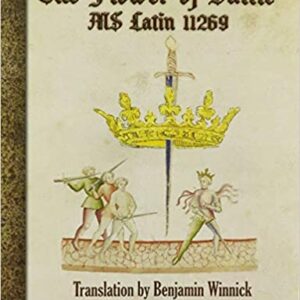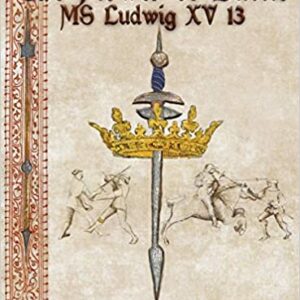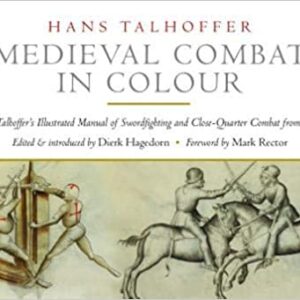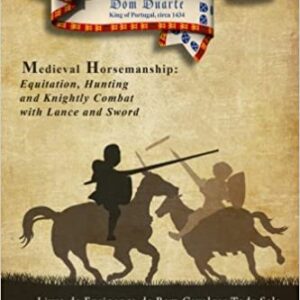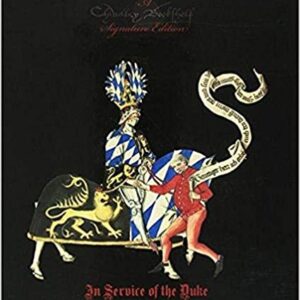Path of the Cavalier
Mounted combat in HEMA is worthy of more discussion than what this page represents, but we wanted to include something here to at least provide some general information about what source material exists on the topic.
Although it is currently not focused on as much by the HEMA community as ground based sword fighting, an important aspect of historical fencing is combat from horseback. Knights were a primarily cavalry based soldier so one cannot say they have truly mastered the knightly arts if they cannot ride well.
While there are many books related to equestrianism and dressage that have been written over the past several hundred years this page is primarily focused on historical source material that specifically instructs in mounted combat. This material is more rare.
Consequently while many of the other Path pages have focused on regional traditions of fencing, this page will instead be organized in a more directly chronological fashion.
This page is also not a complete list of historical sources pertaining to mounted combat but it does cover a majority of what is currently being studied by the HEMA community who engages in mounted combat. It will be periodically updated.
The Ancient World
One of the earliest works on the subject of horsemanship for war is attributed to Xenophon of Athens’ work The Art of Horsemanship published in Greece around 360 B.C. For centuries Xenophon’s treatise would influence the training of horses in Europe and its training methods were widely used.
You can read more information about Xephon of Athen’s treatise at its respective Wikipedia page.
Late Middle Ages & Renaissance
One of the earliest source books for mounted combat studied by Historical fencers today is the The Flower of Battle (Fior di Battaglia, Flos Duellatorum) manuscripts attributed to Fiore dei Liberi ( born ca. 1350; died after 1409), a 14th century imperial knight of the Holy Roman Empire. In the Path of the Long Sword section we discuss Fiore’s tradition more closely so please check that page for more information.
A portion of The Flower of Battle discusses mounted combat using polearms and swords.
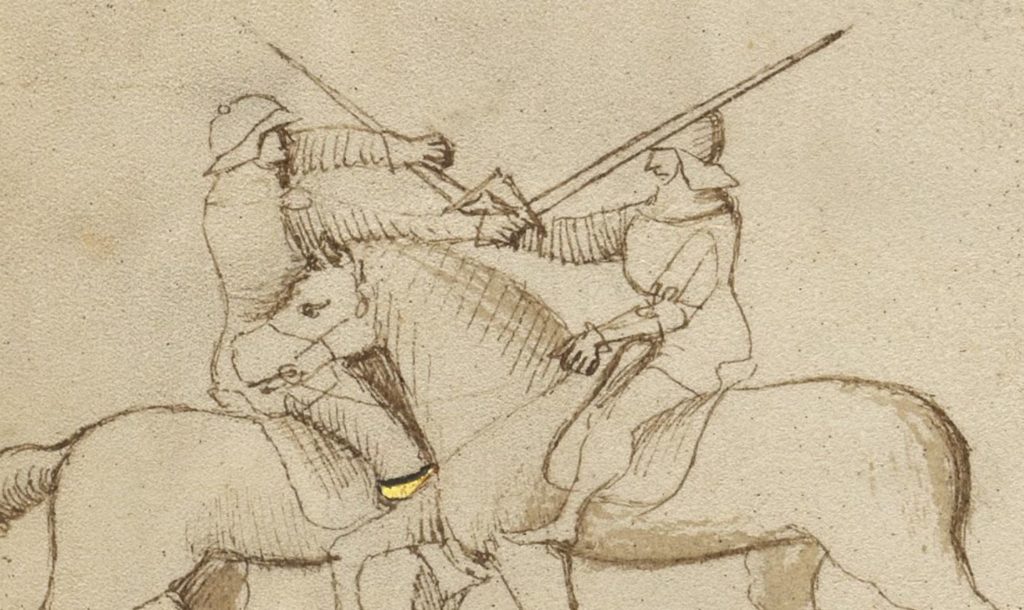
An English translated version of the Latin and the Ludwig version of The Flower of Battle treatises can be purchased below.
- The Flower of Battle: MS Latin 11269
- The Flower of Battle: MS Ludwig XV13
Within the Liechtenauer tradition (which we discuss at some length in the Path of the Long Sword section) there are a few authors who include mounted horseback combat teachings in their treatises as the Recital generally includes mounted combat material.
Several treatises attributed to Talhoffer, such as the Königsegg and Ambraser Codex (MS KK5342) include a section of instruction describing mounted combat, and the Württemberg version even includes mounted archery.
- Medieval Combat in Colour: Hans Talhoffer’s Illustrated Manual of Swordfighting and Close-Quarter Combat from 1467
The Jud Lew and Ringeck glosses also include commentary on mounted combat.
Duarte I de Portugal, who was King of Portugal until his death in 1438, wrote Livro da ensinança de bem cavalgar toda sela (“Book of Teachings on Riding Well in Every Saddle”) sometime before his death. The work is today known as MS Portugais 5. You can read more information about him and his work on his Wiktenauer page.
- The Art of Riding on Every Saddle
Paulus Kal produced several manuscripts believed to be written sometime between 1460 and 1514 which are illustrations of Liechtenauer’s Recital and he included illustrations and instructions for mounted combat.
- In Service of the Duke: The 15th Century Fighting Treatise of Paulus Kal
Paulus Hector Mair (who is also discussed in the Path of the Long Sword section) included mounted combat material from older treatises in his Opus Amplissimum de Arte Athletica compendiums produced in the 1540s.
In 1559 Federigo Grisone published Gli ordini di cavalcare, (“The Rules of Riding”), which became a very popular and widely translated work on dressage and courtly riding. Grisone was influenced by Xenophon of Athens’ prior work on the subject of horsemanship. You can read more information about Federigo Grisone at his Wikipedia page.
In 1570 Johann Fayser created his own illustrated manual on horsemanship based on Federigo Grisone’s material which Fayser titled, Wie die Streitbarn Pferdt (“As the War Horse”). Fayser’s work incorporated material on mounted combat with polearm, sword and shield.
For more information about his manual you can read the Wiktenauer article on this version of Wie die Streitbarn Pferdt

Regole di moltio cavagliereschi essercitii (“Rules of Many Knightly Exercises”) is a manual created by Federico Ghisliero in 1587. It primarily discusses rapier fencing but also includes pages devoted to mounted combat with the lance, as well as defense against a mounted opponent using a rapier.
For more information about his work you can read the Wiktenauer article on this manual.
Early Modern Period
Several of the treatises mentioned in the Cavalry Sabre section of our Path of the Saber page have some commentary on mounted combat though few have illustrations that depict the techniques while horseback, with many manuals instead depicting ground based drilling of the techniques.
Henry Angelo did publish in 1798 a book on sabre fencing while mounted on horseback, Hungarian & Highland Broad Sword . Many of the illustrations depict Angelo himself mounted.
Notably the very last military saber book to be created for actual military usage is Saber Exercise Manual – 1914. Written by then George S. Patton, who was then a Lieutenant and not yet the famous World War II General he would become, it described a method of thrusting oriented saber combat using the Model 1913 Cavalry Sword, based on the British Pattern 1908 and 1912 cavalry sabers. This included grounded combat but also mounted combat.
Patton would later write several articles from 1913 to 1917 explaining the idea behind his radical redesign of the saber for the cavalry charge. He also produced ‘Diary of the Instructor in Swordsmanship‘ which expanded on material in the 1914 field manual.
You can learn more about these authors at their respective bio pages,
PARTIAL BIBLIOGRAPHY
IOBA Standard. Early Dressage Literature to 1800. http://www.ioba.org/standard/2003/05/early-dressage-literature-to-1800/
****
If you’d like to learn more information about historical fencing practices please check out our Learn HEMA page for a guide to learning about the historical weapon that interests you. You can also find more guides we’ve written about other topics at our Helpful Guides page. You can also join the conversation at our forums or our Facebook Group community.
Search
HEMA Resources Newsletter Signup
Signup to our newsletter for updates to new information, articles, products and more related to the exciting world of historical fencing!
